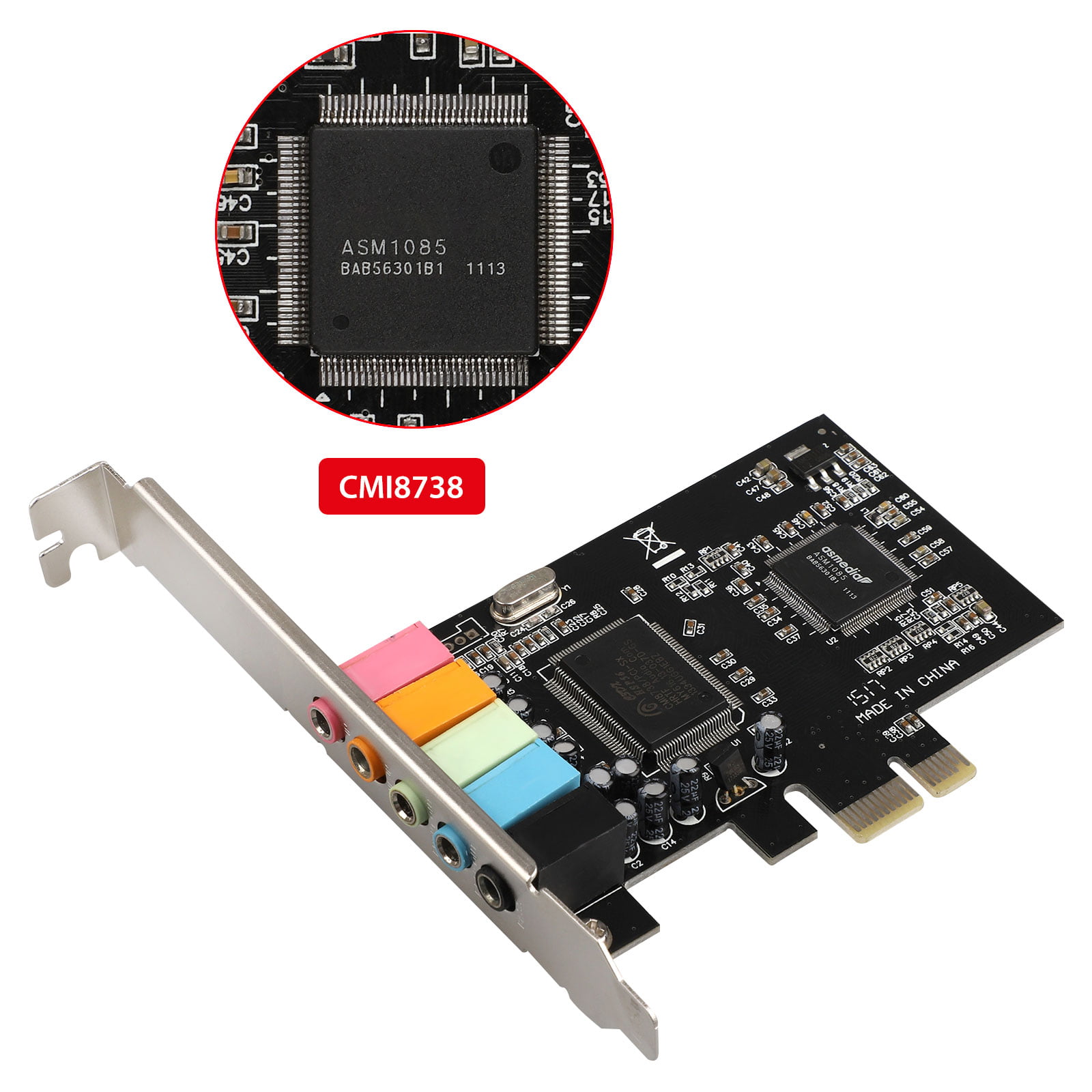

Generally, they are the software components that process the output audio signal and pass it to the audio playback hardware.

Transfer audio between application with no added equipment or special settings.This article explains the various drivers available for SoundID Reference app users on Windows. I'd say anything over 4GB of ram is fine, other than that the program is solid. The most common ones being an annoying audio stutter or popping sound.

Another thing you have to keep in mind when using Virtual Audio Cable is that your computer is way above the minimum requirements to prevent any sound quality issues. Basically, anything that doesn't allow custom audio input or output sources won't work with Virtual Audio Cable. Also, keep in mind all applications are not compatible with Virtual Audio Cable. I'd suggest looking up user made tutorials on other websites to get the basics down. Add on to the fact there is no solid tutorial that comes with it either. This is mainly due to tot he fact it operates in such a weird way. Virtual Audio Cable does have a bit of a learning curve about it. That might sound and seem confusing at first but once you realize that it just the program working you'll be used to it. Whenever the users use the software a virtual cable actually shows up the applications you are using. Virtual Audio Cable has a unique windows integration that might catch users off guard.


 0 kommentar(er)
0 kommentar(er)
